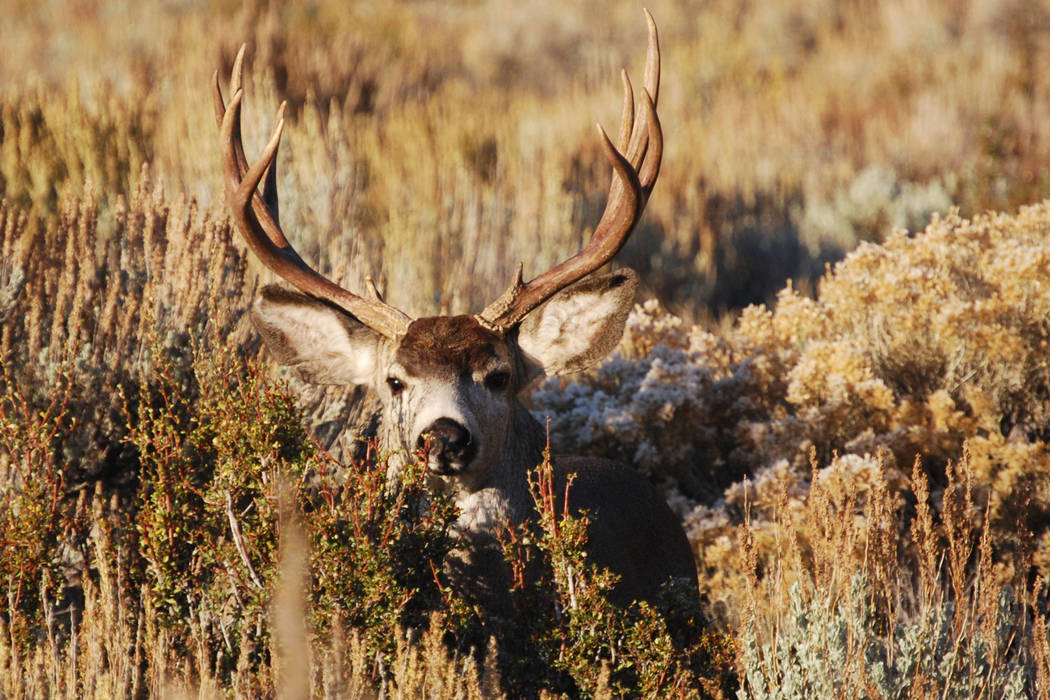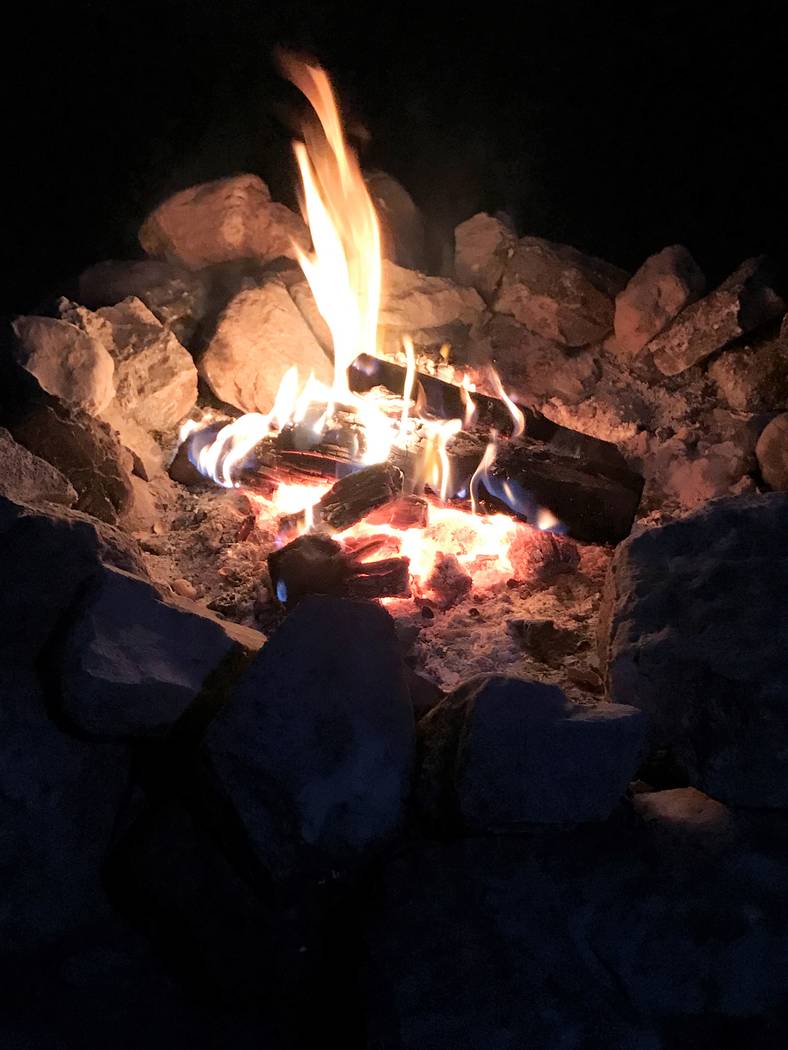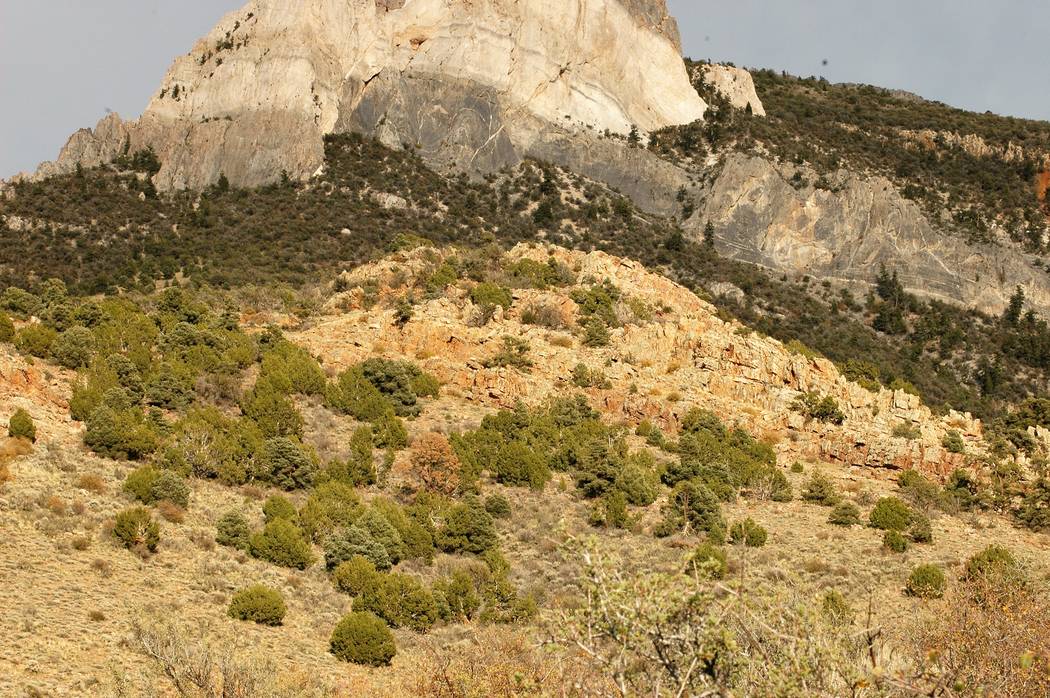Campfire conversation can help mule deer hunters
When it comes to filling your big game tag, it never hurts to know what you are doing. Not that you have to be an expert, but even a basic knowledge of an animal’s habitat preferences, food penchants and behavioral tendencies will go a long way toward helping you bag your game.
Knowledge is earned through such old-fashioned methods as studying the writings of those who have spent time pursuing the game in which you are interested and talking with people who have spent time in the field.
Look for writers who practice the principles of fair chase, promote legal and ethical hunting and encourage development of traditional outdoor skills. I tend to prefer the writers of my youth because they not only led the reader through their outdoor adventures but also shared what they learned along the way.
The same standards should apply to modern media like hunting videos and outdoor television shows. There are some good products out there, but there also are some with questionable value to the hunting community. Choose wisely.
In today’s world of gigabytes and Google, we often overlook the value of a good conversation, but there is much to be learned from those who don’t understand the meaning of either one of those terms. Our more mature hunters have spent a lifetime pursuing big game in a variety of locations, conditions and circumstances, and for the most part without the aid of modern technology.
In those years of experience, you will find a treasure trove of knowledge and understanding. All you have to do is give them an opportunity to share it. Who knows, they might even point you to a honey hole or two.
Perhaps the best way to learn about the game you seek is to spend time in the field making observations. Doing so during your preferred hunting season is essential, but don’t overlook other times of the year. And keep in mind that these observations should involve more than looking at antler size, it also means paying attention to an animal’s behavior.
At the very least make mental notes of what you see. What do they do when they are relaxed or when they are nervous? What kind of terrain do they seem to prefer and when? And how do they react when other species are around?
One of the things experienced mule deer hunters depend on is the tendency startled bucks have of stopping to look back in the direction of the thing that spooked them. Oftentimes that one habit is enough to make the difference between filling the freezer and coming home empty. Bucks don’t do the look-back thing 100 percent of the time, but they do so often enough that deer hunters should always be ready for it.
Animals are creatures of habit. They tend to use the same trails or hang out in the same places on somewhat of a schedule. Keep in mind, that schedule may be daily, weekly or somewhere in between. It also could be annual, as is the case with a seasonal migration. These tendencies are passed on from one generation to another.
As a result, hunters who take the time to learn what those tendencies are will increase their chance of success.
Something else to watch for is an animal’s body language. Flicking of the tail and dancing feet, for example, are signs that a deer is uncomfortable. Something is making it nervous and it is trying to decide whether it should run. Other animals nearby will pick up on those signs.
During a recent mule deer hunt, I was caught in the open by a wary doe. She was one of dozen or so deer feeding above a watering hole. All I did was shift my weight from one side to the other, but she caught that small movement. Immediately she focused her big ears and gaze in my direction. She held that position for several minutes as she tried to figure out what the deal was. Soon another doe stood by her side doing the same thing.
It took a while, but eventually they relaxed and went back to feeding. However, that doe checked back on me several times during the half or so. That behavior can also let you know that other deer, or hunters for that matter, are in the neighborhood. All you have to do is learn how to read the signs.
Freelance writer Doug Nielsen is a conservation educator for the Nevada Department of Wildlife. His “In the Outdoors” column, published Thursday, is not affiliated with or endorsed by the NDOW. Any opinions he states in his column are his own. He can be reached at intheoutdoorslv@gmail.com.









